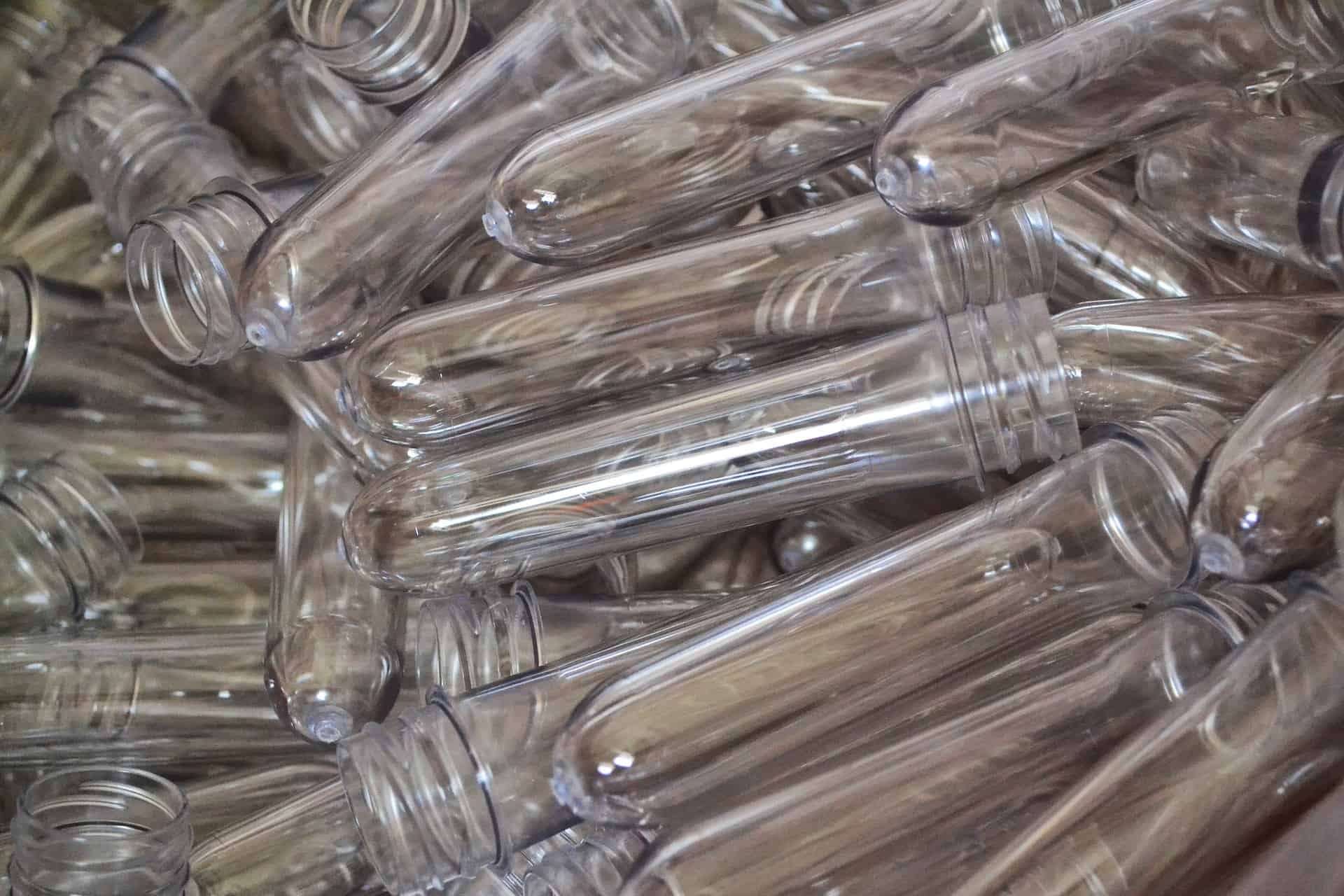One of the most widely used plastics in the UK, PET is also one of the most widely recycled plastics out there. If you run a business or manage a team, you are likely to go through plenty of the substance. Making the effort to join a PET recycling programme can help you not only fulfil your corporate social responsibility, but it can also have a positive impact on your reputation throughout the market, as well as a positive impact on your workforce, and the environment. People like belonging to a workplace that shares their values.
However, how much effort you are likely to put into any recycling programme might also be influenced by how practical the actual process is. For that reason, we are going to look at the details of PET plastic recycling and what products can be made as a result.
About PET
PET, or polyethylene terephthalate, is an extremely common plastic, and a highly recyclable one, as well. It is a form of polyester that is most commonly seen in the plastic bottles used for beverages and liquid products around the world. However, PET is also used for cartons, containers, and other products, as well, and can be identified by the “#1” recycling code, which will be marked somewhere on the product
Stable under different temperatures, transparent (unless dyed), food-safe and strong, PET is a very popular packaging material and used widely across all kinds of products. It is also cheap, very light and, as mentioned, recyclable.
PET remains the most widely recycled plastic collected in the UK by all local authorities and their recycling programmes. However, as widely recycled as it is, it is estimated that only around 20% of all PET used actually ends up in the recycling process. We aim to change that.
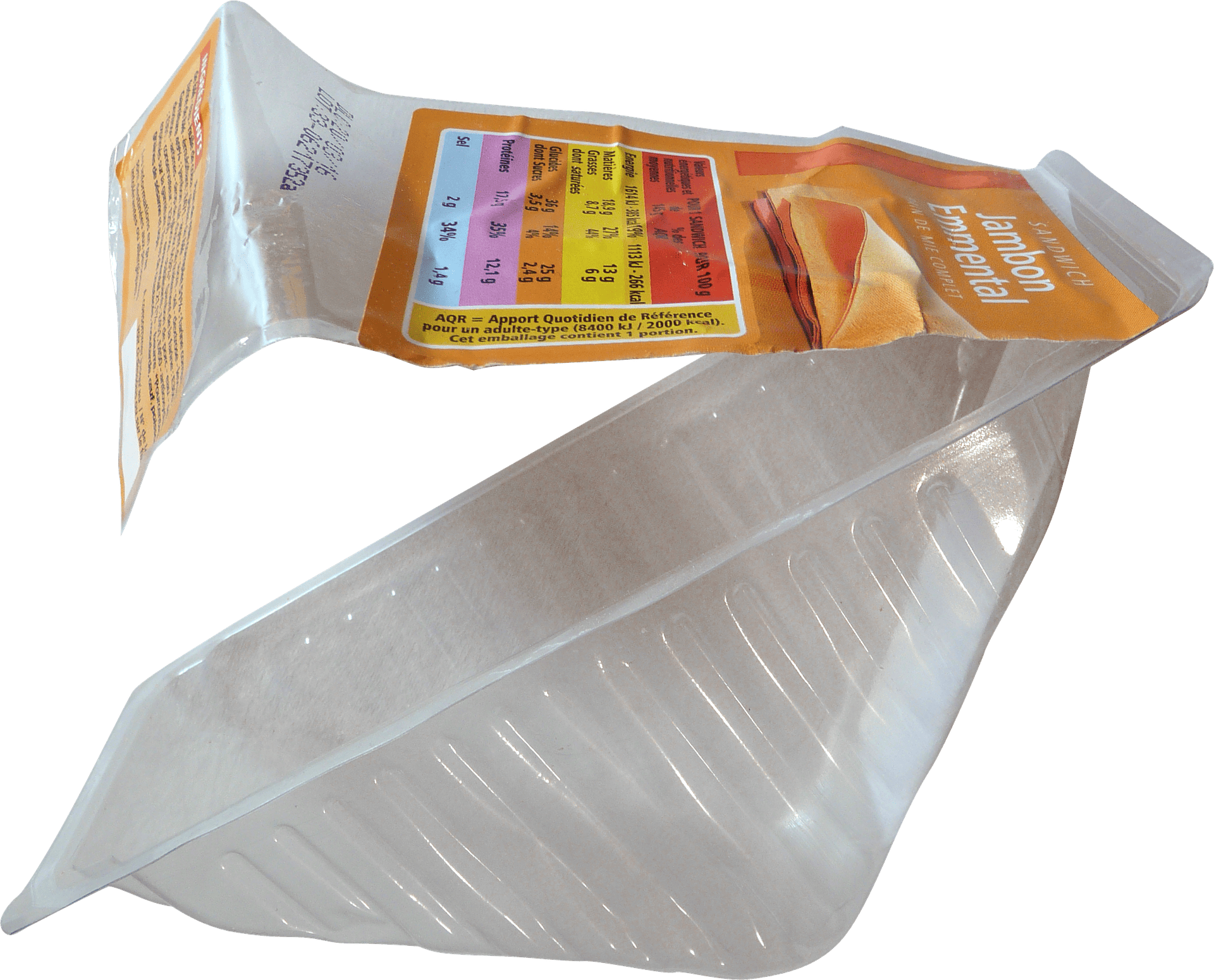
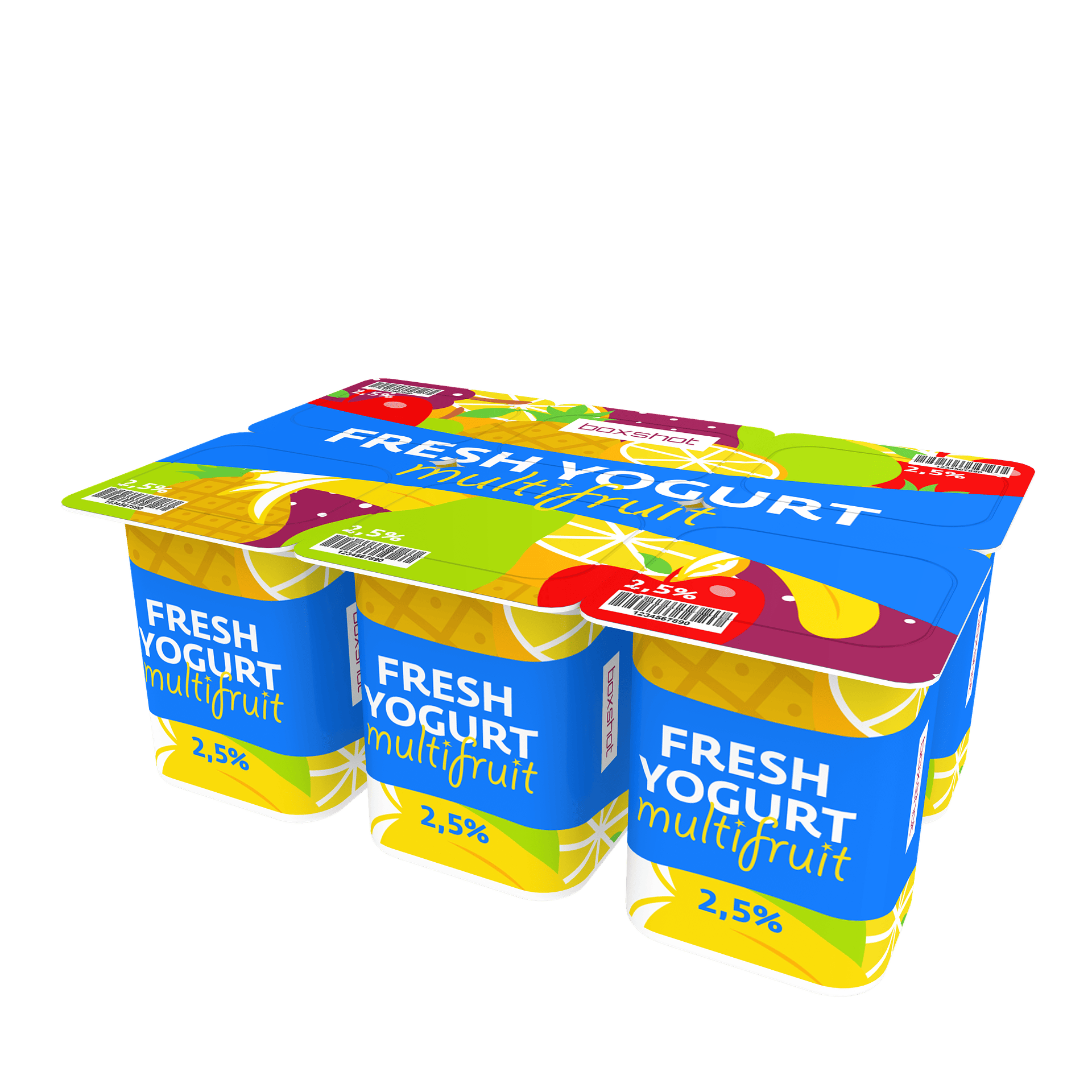
The PET Recycling Process
Recycling companies (like us) collect and sort PET, ensuring that its separated from other plastics and materials. Before it is separated, however, it is usually compressed into pallets to make it easier to transport to the recycling facility.
It is then ground into flakes or granules. We further wash and separate this material from contaminates using chemical agents like disinfectants or detergents, or by using water baths, causing the materials to separate due to their different weights.
These flakes are then dried before they are reused in new products. Often, it is melted, so that it is much easier to shape into new forms. It may also be turned into plastic pellets that are re-sold or transported to other companies who want to reuse it. In other cases, like the production of polyester, it is instead turned into fabric.
What can PET plastic be recycled into?
As we have already mentioned, PET is one of the most recyclable and widely accepted plastics on the market, and businesses tend to produce a lot of it. However, just what does it become? Here are just a few examples of products and substance, which are regularly made using recycled PET material.
Polyester fibre for clothing and carpets
After the process of grinding and selection, the raw PET can be heated into chips that are put through a spinneret. This forms long strings of plastic yarn that are wound up into spools. This goes into what’s called a crimping machine that turns the material into a fluffy, woolly texture. This is baled, dyed, and knitted into polyester fibre, sometimes alongside petroleum-based “virgin” polyester (which hasn’t been recycled). This fabric can then be used in all kinds of clothing and carpets.
Fiberfil for soft furnishings and sleeping bags
Fiberfil is a form of polyester that has been fluffed into a soft ball-like form that is comparable to cotton. Either virgin polyester or recycled PET material can be used. This is then processed alongside other fibres such as cotton, linen, and wool to make a fluffy, soft stuffing. This is widely used to pad soft furnishings, pillows and as the primary stuffing of sleeping bags. Aside from being soft, it is also resistant to moisture, moths and pests, unlike other purely organic fabrics.
Pallet strapping
Polyester can also be formed into high-strength 100% recycled PET-based pallet straps. These are the white, thin straps of a dense fibre like material that are regularly used for transport and storage, keeping multiple products bound tightly together to stop them from shifting, or used to secure objects to carts. As well as being made from PET recycled material, these straps are also 100% recyclable in and of themselves, meaning that very little material is likely to get lost between uses.
Food and non-food bottles
A more recent development in PET recycling, it is becoming more and more possible to create brand new PET bottles from old PET bottle recycling. This material is known as rPET, and brands like Coca-Cola have launched their first rPET bottles as of the summer. As technology develops, it is likely that we will see more and more brands using PET to create new food and non-food bottles, which have proven perfectly food-safe, thus far.
Thermoformed packaging such as takeaway cartons
PET can also be recycled into thermoform packaging, which is a rigid plastic largely used in cubs, tubs, lids, boxes, trays, and egg cartons. In fact, many thermoformed packages widely used on the market are made of PET. These PET thermoformed packages can then be returned for further recycling.
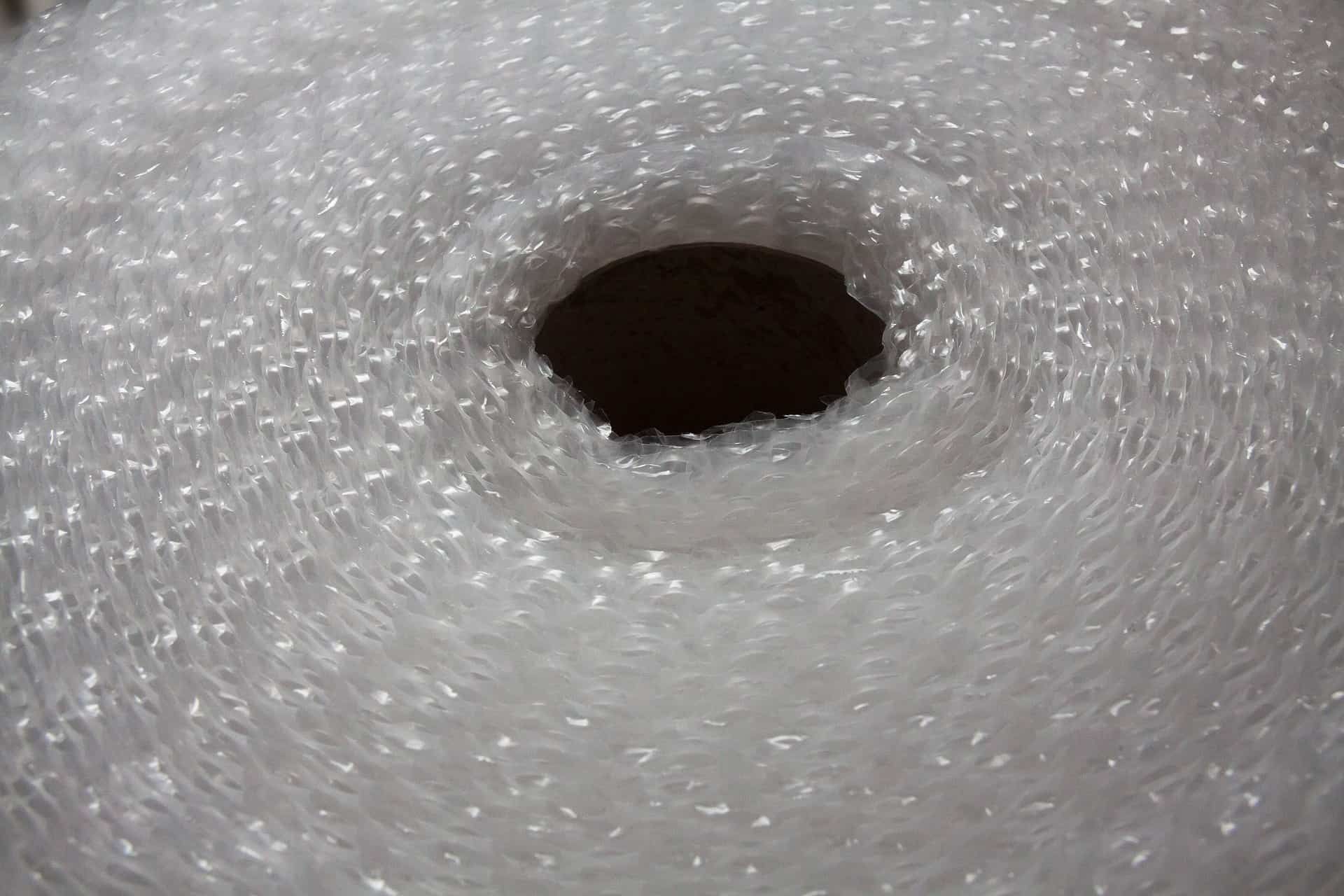
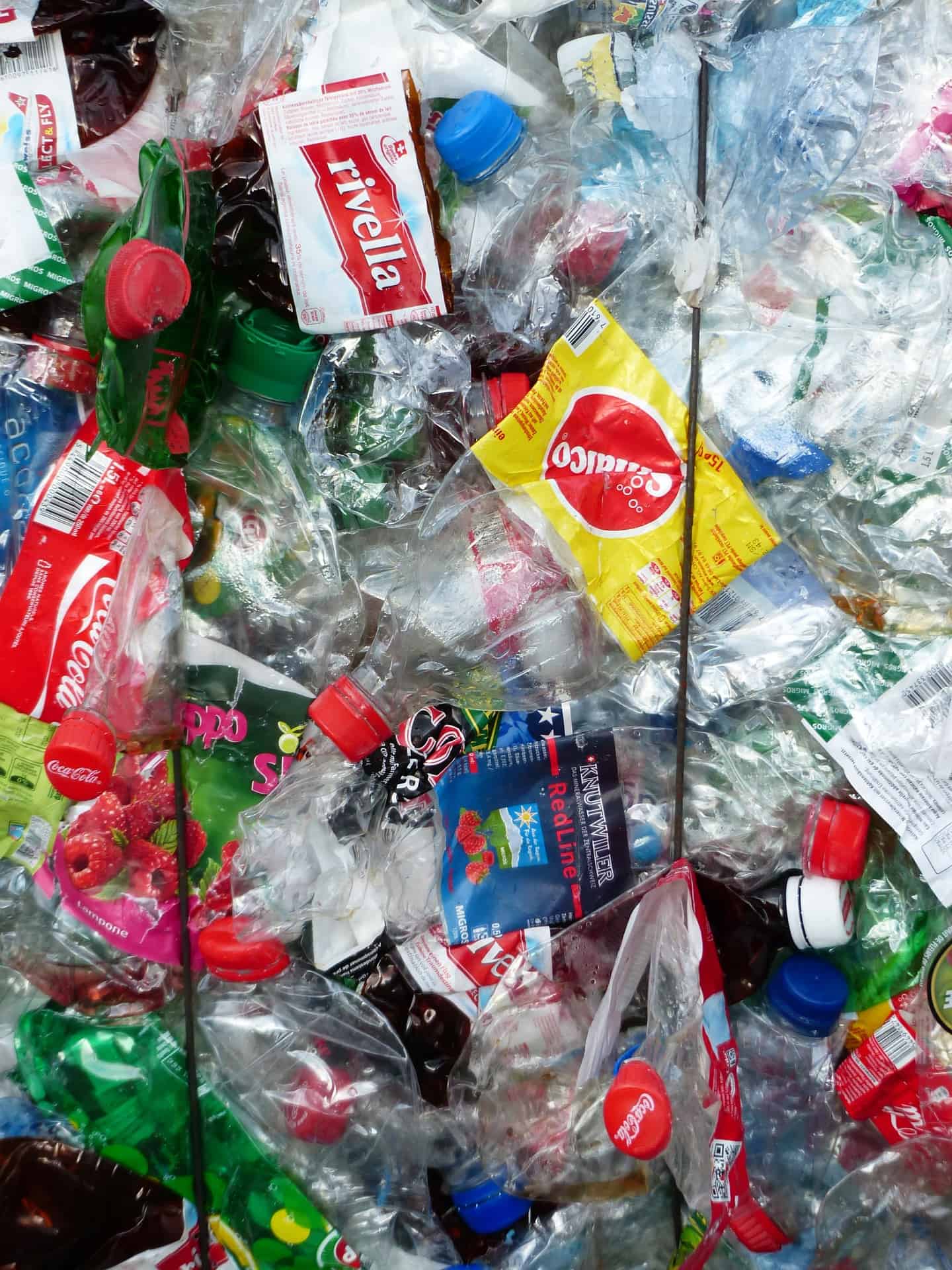
How Can PET Be Recycled?
We can recycle your business PET waste products and ensured that it is used to create recycled PET material. We strive to ensure that our process is efficient and effective, helping your company reduce your eco-footprint.
To do this, we grind PET material that you provide into particles that are known as “flakes.” It is important that flake purity is ensured to guarantee the high value of the plastic which is reclaimed. We are experts at ensuring this is the case and can guarantee that the value of your recycled materials is effectively preserved.
Further treatment will be used to separate PET from foreign residues with innovative techniques including air classification. After this process is complete, we ensure that any lingering contaminants are then removed, before proceeding to repurpose the product as a manufactured material. We can also use techniques like melt filtering for a higher level of purification.
So, can PET plastic be recycled?
The answer is a resounding yes! More than that, the recycled PET material generated as a result can be used for all kinds of products. Do get in touch with us if you would like to start recycling your PET plastic bottles, and to join a programme that sees all the plastic waste finally being put to good use.
Not only can we take your old PET bottles and other types of PET off your hands, but we can even offer you some money in return.
